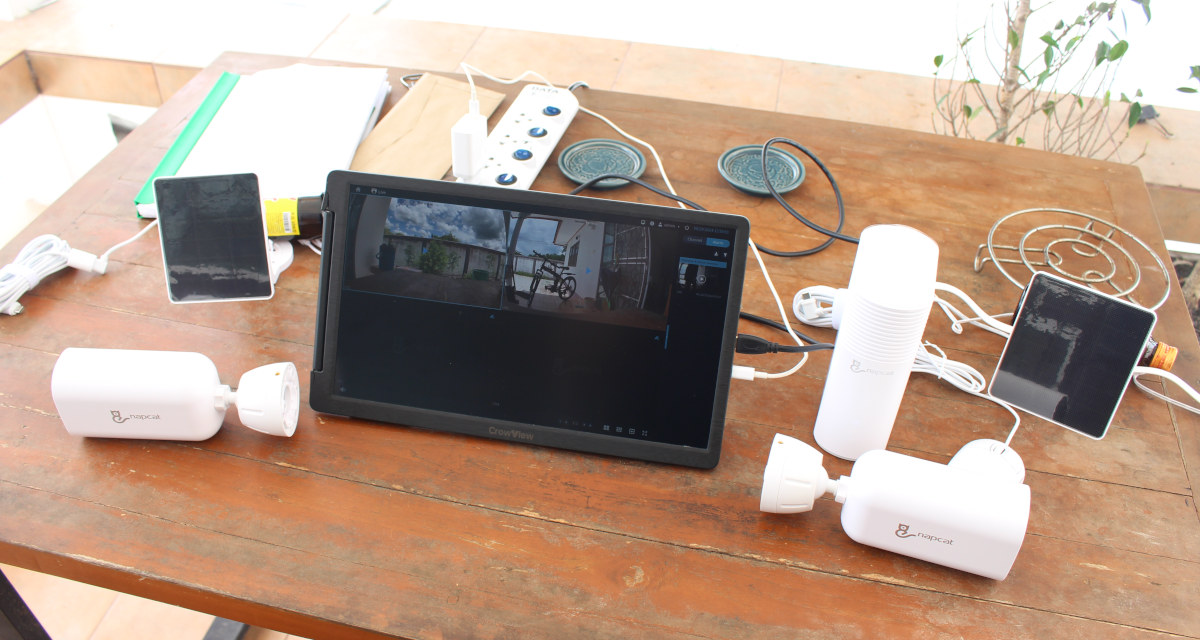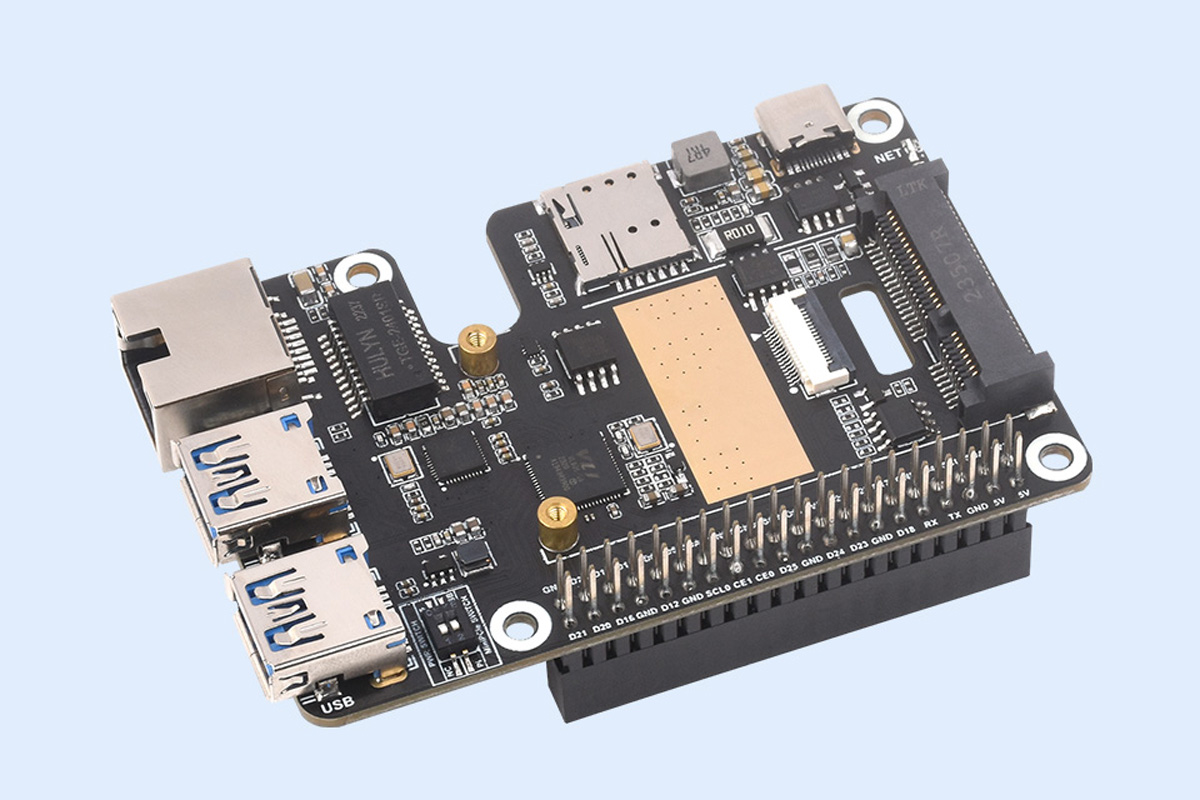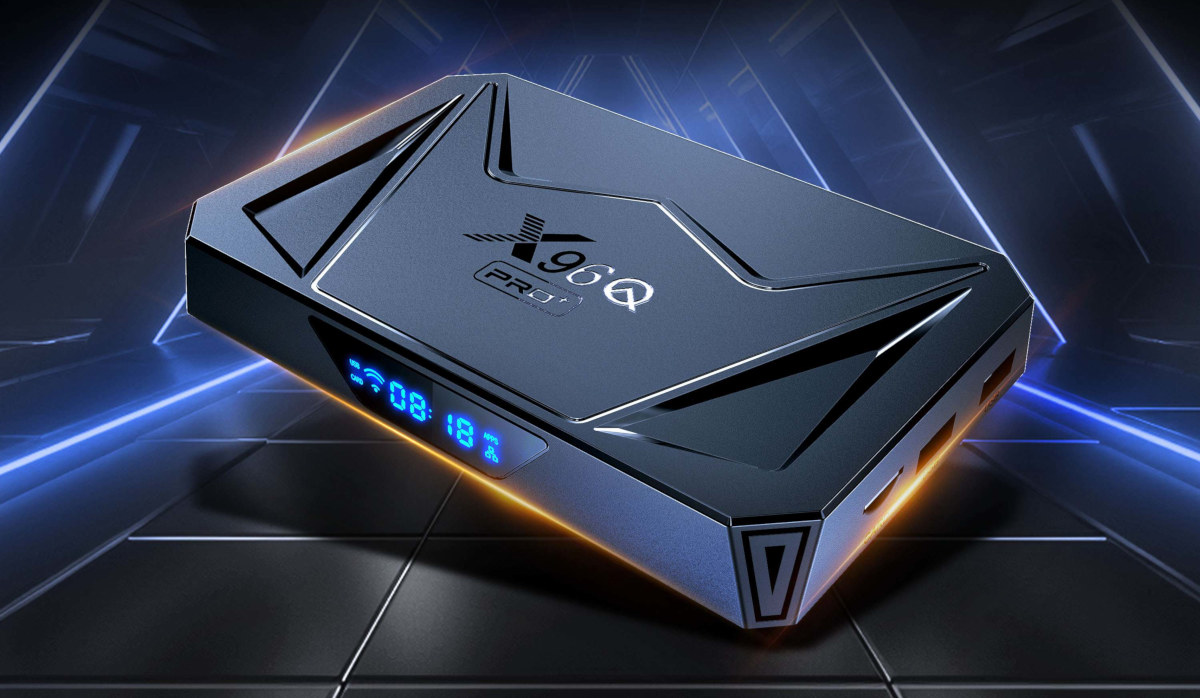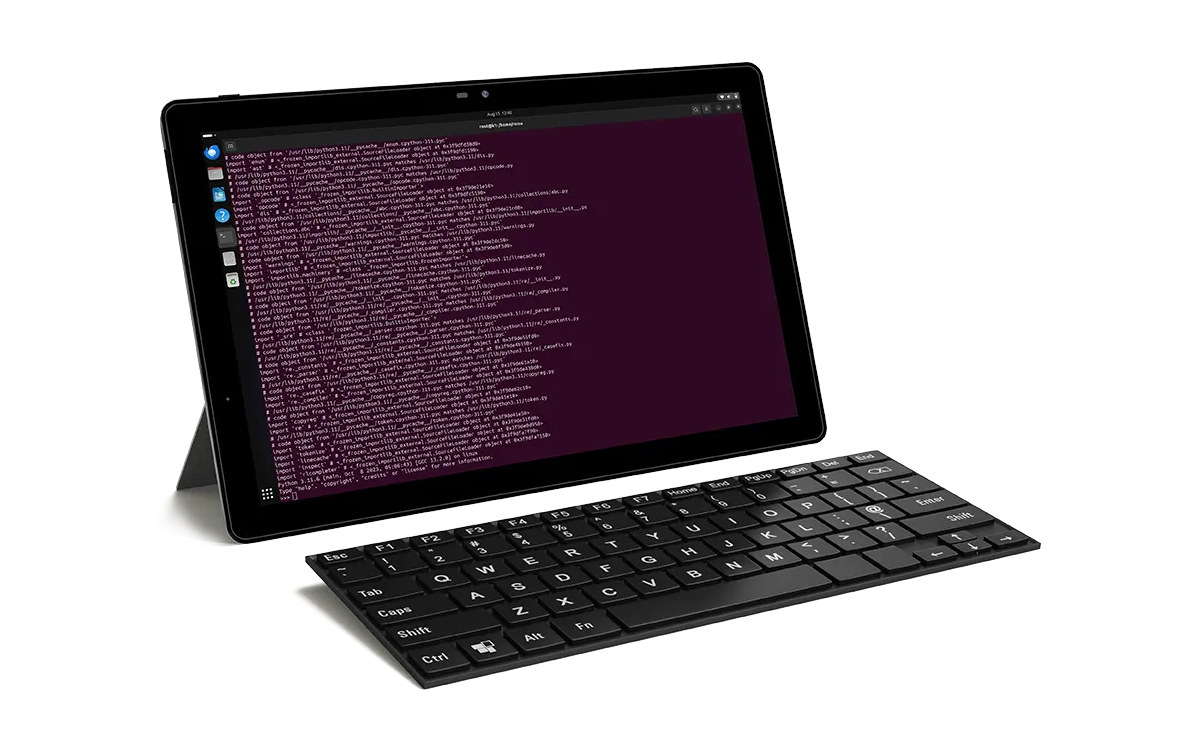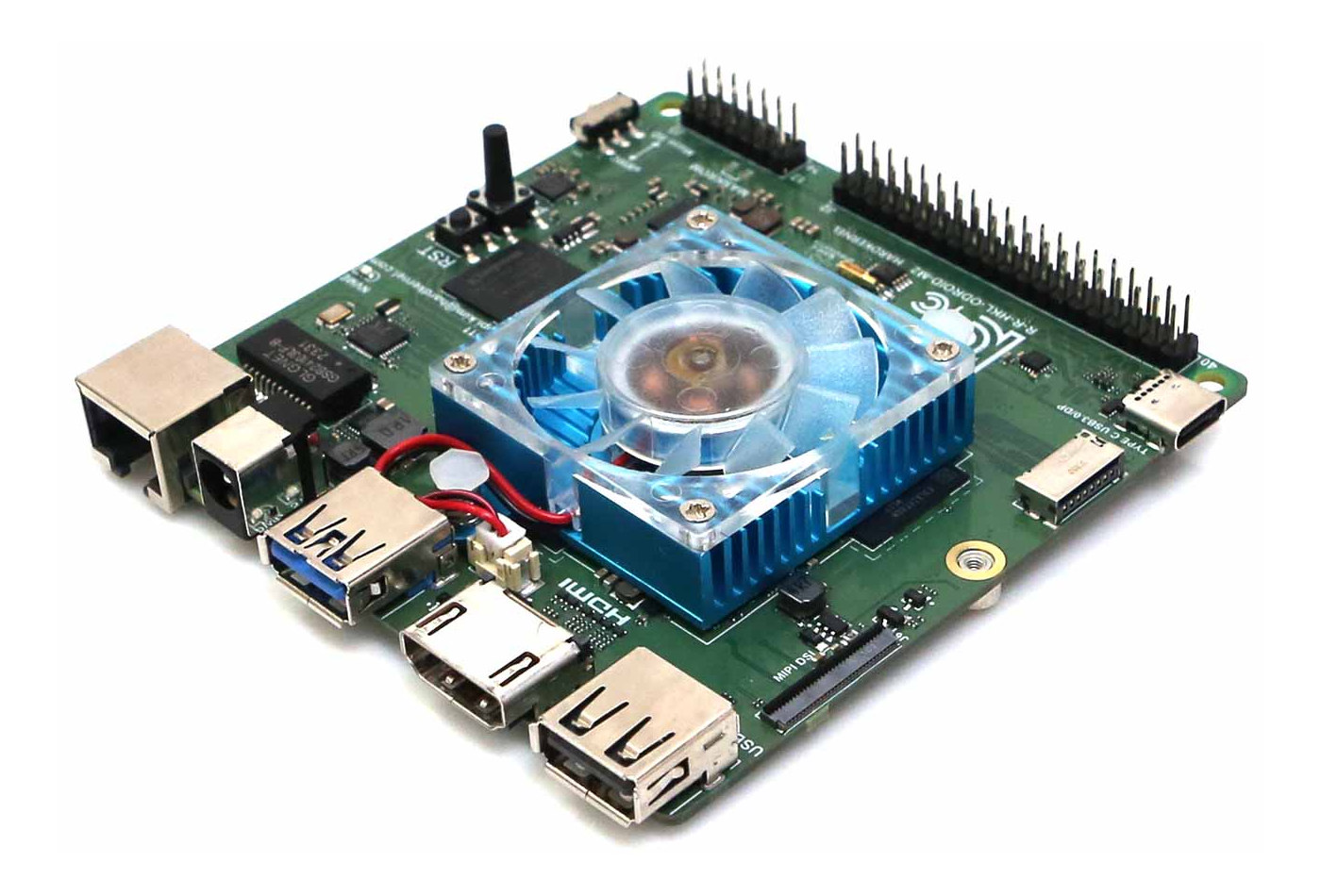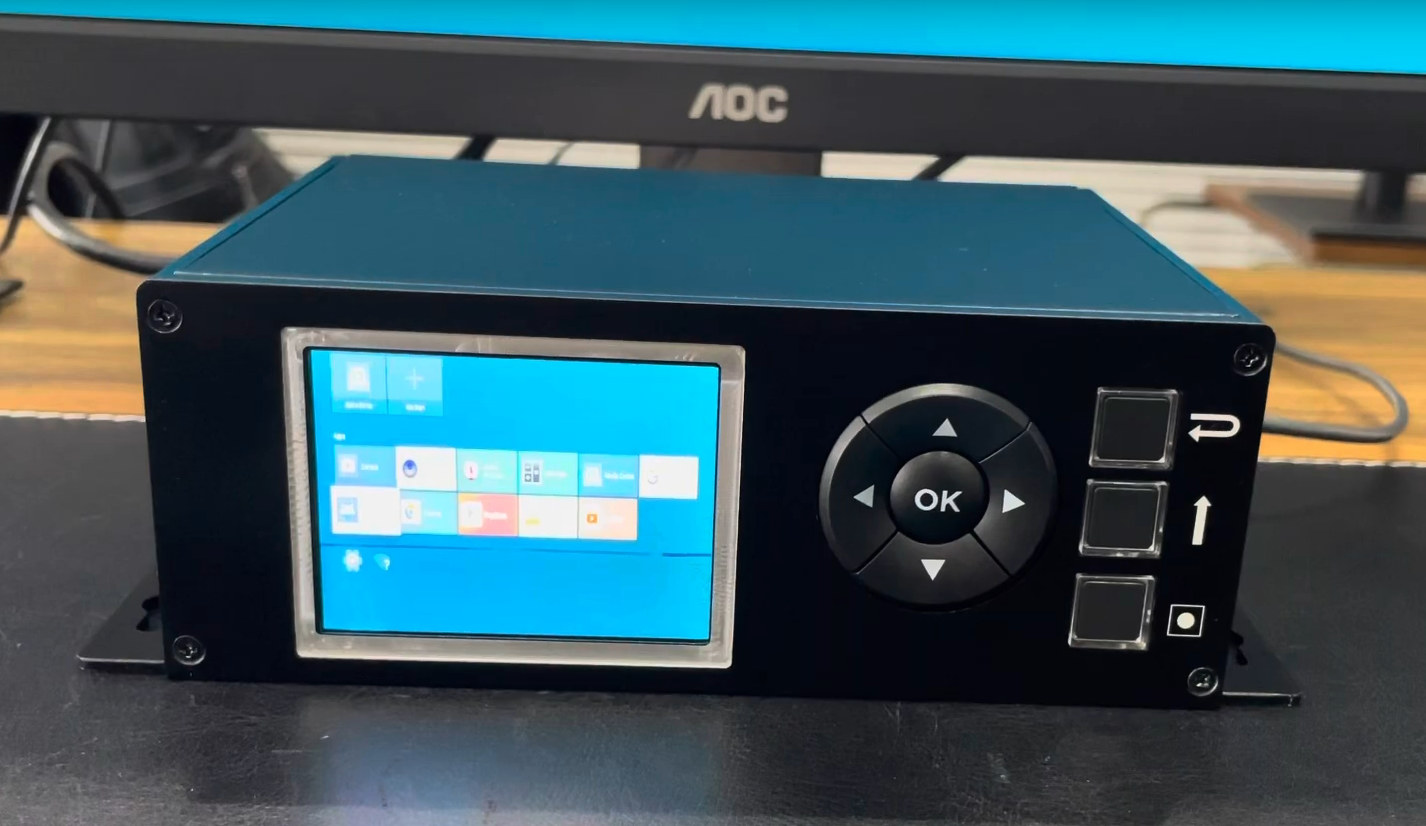The Raspberry Pi 5 with 2GB RAM was launched last week, and since I got a sample for review, I decided to compare it to the Raspberry Pi 5 with 8GB RAM to see if I could find any noticeable differences between the two boards. I’ll start with a visual inspection to show differences on the PCBA, then check system information, run some benchmarks, check power consumption, and finally try to open as many tabs in Firefox until the 2GB RAM is filled and the system becomes unusable. Raspberry Pi 5 2GB vs Raspberry Pi 8GB – visual inspection We should first have a quick look at the boards and packages there’s no obvious difference apart from seeing 2GB RAM and 8GB RAM on the respective packages. But if we look closer, we can see the resistors for memory capacity detection are in different locations for “2G” and “8G”, and […]
Nuvoton NuMicro MA35D1-powered industrial SoM and dev board features dual GbE ports, cellular connectivity, and more
MYIR has recently introduced MYC-LMA35 industrial SoM and its associated development board built around the Nuvoton NuMicro MA35D1 microprocessor with two Arm Cortex-A35 cores and one Arm Cortex-M4 real-time core for processing. The SoM comes in a BGA package with connectivity options such as dual Gigabit Ethernet, cellular connectivity, Wi-Fi/Bluetooth, and various other interfaces like RS232, RS485, USB, CAN, ADC, GPIO, and more. All these features make this SoM and its associated dev board useful for demanding edge IIoT applications like industrial automation, energy management systems, smart city infrastructure, and remote monitoring solutions. Previously we have seen MYIR introduce various SoM and development boards like the MYC-LR3568 Edge AI SoM, and the MYC-YF13X SoM and we have also written about similar industrial dev boards such as the Firefly ROC-RK3576-PC, the Nuvoton NuMicro M2L31 development board, and many more. Feel free to check those out if you are interested in the topic. […]
Review of Napcat wireless NVR with solar-powered security cameras
After I reviewed the NapCat smart video doorbell last June, the company asked me to review a wireless NVR with solar-powered security cameras and I understood I would receive a kit with four solar-powered cameras and an NVR with storage preinstalled. In this review, I’ll go through an unboxing, a quick teardown of the NVR, the installation process, and my experience with the Napcat NVR user interfaces (connected to HDMI) and the Napcat Life Android app which I also used with the video doorbell. Napcat wireless NVR N1S22 kit unboxing The package I’ve received reads “N1S22” model of a “Solar-powered Security Camera System” and is quite smaller than I expected. One reason for the small size is that my kit only comes with two cameras instead of four, and the company also did a good job of making everything take as little space as possible. On the net, you’ll see […]
Raspberry Pi 5 PCIe HAT+ board features gigabit Ethernet, 4G LTE (mini PCIe), two USB 3.2 ports
Waveshare has recently introduced the PCIe to MiniPCIe GbE USB3.2 HAT+ for Raspberry Pi 5 adding gigabit Ethernet, a mini PCIe socket for 4G LTE, and two USB 3.2 Gen1 ports to the popular Arm single board computer. The HAT+ is compatible with IM7600G-H-PCIE/EG25-G-mPCIe series 4G LTE modules with 4G/3G/2G global band and GNSS positioning. Additionally, it has a gigabit Ethernet with an onboard RJ45 port, two USB 3.2 Gen1 ports, an onboard power monitoring chip, and EEPROM. All these features make this HAT useful for applications such as industrial routers, home gateways, set-top boxes, industrial laptops, industrial PDAs, and much more. We have previously written about many different types of HATs for the Raspberry Pi 5 designed by Waveshare including the Waveshare UPS HAT (E), the Waveshare PoE HAT (G), the Waveshare PCIe to USB 3.2 HAT+, and many other products. Feel free to check those out if you […]
Allwinner H728 octa-core Cortex-55 SoC powers $40+ X96Q PRO+ Android 14 TV box
X96Q Pro+ is an Android 14 TV box powered by the new Allwinner H728 octa-core Cortex-A55 SoC with a Mali-G57-MC1 GPU, and a 4Kp60 / 8Kp24 H.265 and VP9 4Kp60 video decoder that looks very similar to the Allwinner T527 AIoT SoC. The TV box ships with 4GB RAM and 32GB eMMC flash by default, and features an HDMI 2.0 port outputting up to 4K at 60 Hz, a 3.5mm audio jack, an optical S/PDIF output, a gigabit Ethernet port, WiFi 6 and Bluetooth 5.0 connectivity, and a few USB ports. X96Q Pro+ specifications: SoC – Allwinner H728 CPU – Octa-core Arm Cortex-A55 processor in two clusters of four cores four cores GPU – Arm Mali-G57 MC1 GPU VPU Video decoder H.265 up to 4Kp60 or 8Kp24 VP9 up to 4Kp60 H.264 BP/MP/HP up to 4Kp30 Multi-format 1080p60 VP8, MPEG-1/2 SP/MP, MPEG-4 SP/ASP, AVS+/AVS JIZHUN Video encoder: H.264 up to […]
DC-ROMA RISC-V Pad II octa-core RISC-V tablet can be pre-ordered for $149 and up
DeepComputing DC-ROMA RISC-V Pad II is a 10.1-inch tablet based on the same SpacemIT K1 octa-core 64-bit RISC-V processor found in the DC-ROMA RISC-V Laptop II introduced a few months ago, as well as in the MILK-V Jupiter mini-ITX motherboard. The RISC-V tablet features up to 16GB LPDDR4, 128GB eMMC flash, a 10.1-inch capacitive touchscreen display with 1920×1200 resolution, a 5MP rear camera, a 2MP webcam, a USB-C port for peripherals and/or an external display, and a 6,000 mAh battery. DC-ROMA RISC-V Pad II specifications: SoC – SpacemiT K1 CPU – 8-core X60 RISC-V processor @ up to 2.0 GHz GPU – Imagination IMG BXE-2-32 with support for OpenCL 3.0, OpenGL ES3.2, Vulkan 1.2 VPU – H.265, H.264, VP9, VP8 4K encoding/encoding NPU – 2.0 TOPS AI accelerator RVA 22 Profile RVV 1.0 compliant System Memory – 4GB, 8GB or 16GB LPDDR4 Storage 64GB or 128GB eMMC 5.1 flash MicroSD […]
ODROID-M2 low-profile SBC features Rockchip RK3588S2 SoC, up to 16GB LPDDR5, 128GB eMMC flash
Hardkernel has just launched the ODROID-M2 low-profile SBC based on a Rockchip RK3588S2 octa-core Cortex-A76/A55 AI SoC with up to 16GB LPDDR5, 64GB eMMC flash, an M.2 PCIe socket, support for three displays through HDMI, USB-C, and MIPI DSI interfaces, gigabit Ethernet, and more. The ODROID-M2 follows the ODROID-M1 and ODROID-M1S single board computers based on respectively Rockchip RK3568 and RK3566 quad-core Cortex-A55 processors, but a significantly more powerful Rockchip RK3588S2 processor, and a larger 90x90mm form factor to accomodate for extra features and interfaces. ODROID-M2 specifications: SoC – Rockchip RK3588S2 CPU – Octa-core processor with 4x Cortex-A76 cores @ up to 2.3 GHz (+/- 0.1Ghz), 4x Cortex-A55 cores @ up to 1.8 GHz GPU – Arm Mali-G610 MP4 GPU @ 1 GHz compatible with OpenGL ES 3.2, OpenCL 2.2, and Vulkan 1.2 APIs VPU – 8Kp60 video decoder for H.265/AVS2/VP9/H.264/AV1 codecs, 8Kp30 H.265/H.264 video encoder AI accelerator – 6 […]
Mekotronics R58-4×4 3S Arm PC and digital signage player features 3-inch display, 8K HDMI output, 4x HDMI inputs
Mekotronics R58-4×4 3S is another Rockchip RK3588-based Arm PC and digital signage player from the company with unusual features such as a 3-inch display on the front panel as well as four HDMI inputs supporting up to 4Kp60 sources. The embedded PC features up to 16GB RAM and 128GB eMMC flash, an M.2 PCIe socket for NVMe storage, an 8Kp60-capable HDMI 2.1 video output port, gigabit Ethernet and WiFi 6 connectivity, a mini PCIe socket and NanoSIM card slot for a 4G LTE/GPS module, and more. Mekotronics R58-4×4 3S specifications: SoC – Rockchip RK3588 octa-core processor with CPU – 4x CortexA76 cores @ up to 2.4 GHz, 4x CortexA55 core @ 1.8 GHz GPU – Arm Mali-G610 MP4 GPU with support for OpenGL ES 1.1/2.0/3.2, OpenCL 2.2, Vulkan 1.2 Video decoder – 8Kp60 H.265, VP9, AVS2, 8Kp30 H.264 AVC/MVC, 4Kp60 AV1, 1080p60 MPEG-2/-1, VC-1, VP8 Video encoder – 8Kp30 H.265/H.264 […]




